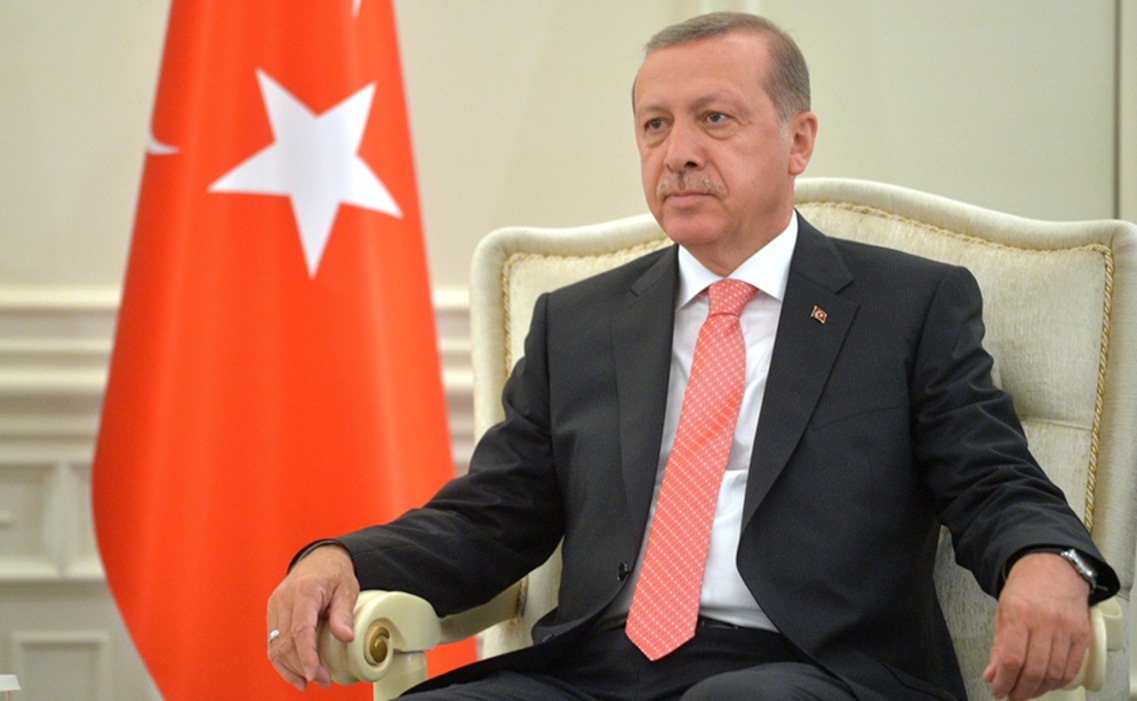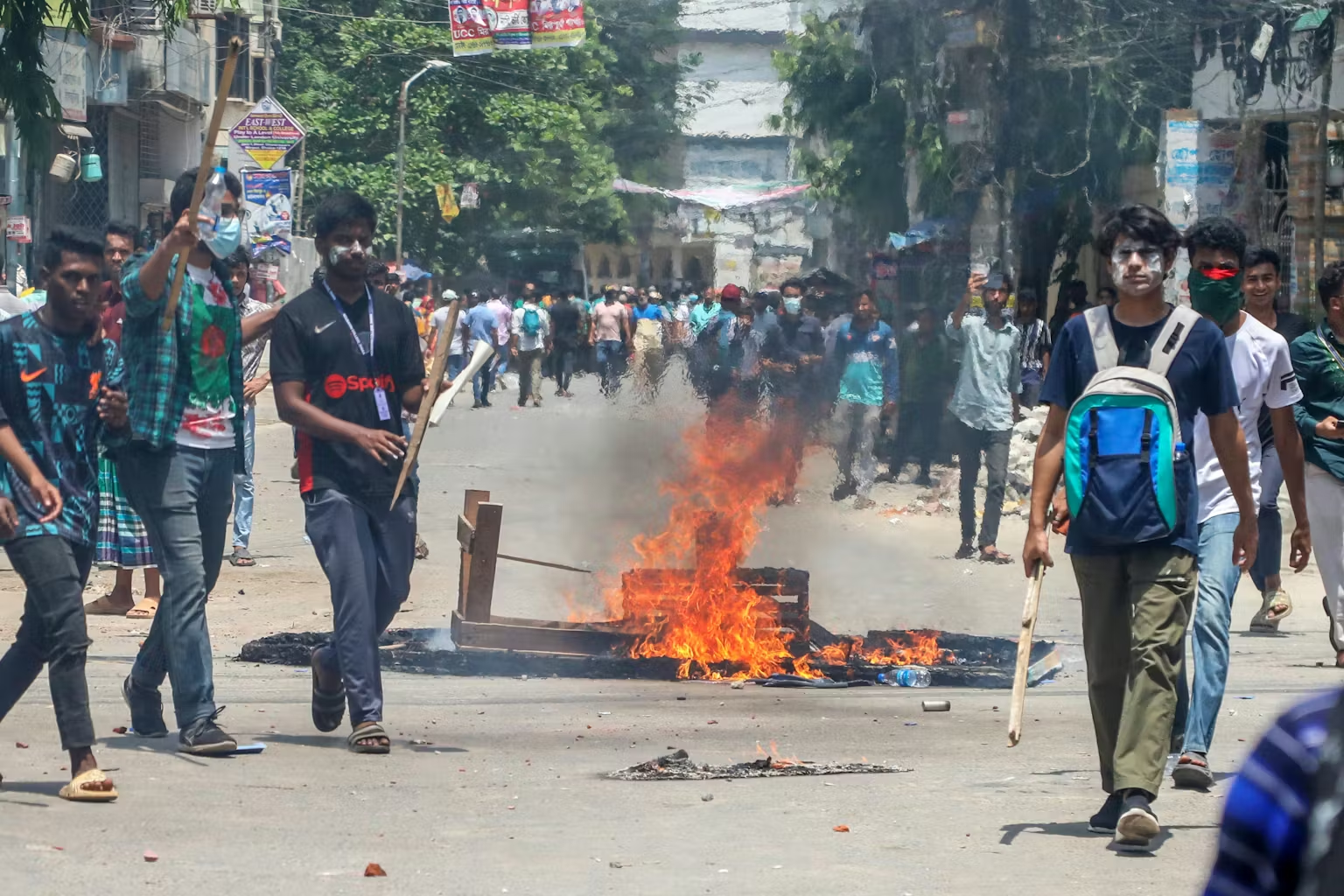Tehrik-i-Taliban Pakistan (TTP) is an alliance of militant networks formed in 2007 to unify opposition against the Pakistani military. TTP’s stated objectives are the expulsion of Islamabad’s influence in the Federally Administered Tribal Areas (FATA) and neighbouring Khyber Pakhtunkhwa Province in Pakistan, and the implementation of a strict interpretation of sharia throughout Pakistan.
Introduction
In the decade since Pakistan’s military launched its high-profile counterinsurgency operations Rah-e-Nijat in 2009, Zarb-e-Azb in 2014, and Radd-ul-Fasaad in 2017, policymakers had largely sold the narrative that the Tehrik-i-Taliban Pakistan (TTP) was a defeated force. Television anchors and official briefings told a reassuring story: the badlands of the tribal areas had been cleared, command-and-control networks dismantled, and cities secured from large-scale attacks.
Yet, as 2025 unfolds, the TTP is not only alive but visibly resurgent. Suicide bombings, targeted killings, and attacks on security convoys have intensified, particularly in Khyber Pakhtunkhwa (KP) and Balochistan. The group’s operational confidence is evident: its fighters openly claim territory in parts of North and South Waziristan, and its media wing releases slick propaganda videos with impunity.
The uncomfortable truth is this: Pakistan’s counterinsurgency (COIN) playbook heavily reliant on kinetic military operations, short-term tactical gains, and opaque deals with militant factions, has failed to dismantle the structural drivers of militancy. The TTP’s return is not a historical accident; it is the predictable outcome of a state strategy that has confused suppression with resolution.
Historical Context: The TTP’s DNA
The TTP emerged in 2007 as a loose confederation of tribal militant groups, united by opposition to Pakistan’s alliance with the United States in the post-9/11 “War on Terror” and by a shared ideological goal of enforcing a strict interpretation of Sharia law in Pakistan. Its operational base in the Federally Administered Tribal Areas (FATA) gave it strategic depth and access to cross-border sanctuaries in Afghanistan.
Three factors defined the TTP’s rise:
- Cross-Border Sanctuary: The porous Durand Line allowed fighters to evade Pakistani military pressure by retreating into Afghan provinces like Kunar and Nangarhar.
- Local Grievances: Long-standing tribal resentments against Islamabad’s neglect of FATA and the heavy-handedness of military operations provided fertile ground for recruitment.
- Factional Resilience: Even when leadership figures were killed in drone strikes or raids, splinter groups reconstituted themselves under new commanders.
Pakistan’s military offensives disrupted the TTP’s operational cohesion but never eradicated its ideological and logistical base. By 2018, the group had regrouped in eastern Afghanistan, capitalising on Kabul’s limited reach in rural areas and the Taliban’s ambivalence toward curbing their Pakistani counterparts.
The Post-2021 Shift: Strategic Miscalculation
The Taliban’s return to power in Kabul in August 2021 was hailed by some Pakistani policymakers as a strategic victory. The logic was simple: a friendly regime in Afghanistan would rein in the TTP. This was a profound misreading of militant dynamics.
In reality, the Taliban’s ideological affinity and battlefield camaraderie with the TTP meant there was little appetite to disarm them. While the Taliban did facilitate some talks between Islamabad and the TTP in 2022, the process collapsed over irreconcilable demands — chiefly, the TTP’s insistence on reversing FATA’s 2018 merger with KP and implementing their version of Sharia in the tribal belt.
The collapse of talks was followed by a dramatic escalation in violence. The TTP used the breathing space to reinsert fighters into Pakistan’s tribal districts, rebuild extortion networks, and reestablish shadow governance in certain areas.
Why Pakistan’s COIN Playbook is Failing
1. Over-Reliance on Kinetic Operations
Pakistan’s military campaigns have been tactically impressive but strategically myopic. Clearing an area of militants is one thing; holding and building it is another. Once troops withdraw, vacuums reemerge — vacuums the TTP is adept at filling.
2. Political Ambiguity and Short-Term Deals
From 2008 onwards, Islamabad has repeatedly entered into peace deals with militant factions, often under conditions of secrecy. While these agreements temporarily reduce violence, they legitimise militant actors and allow them to regroup.
3. Neglect of Governance and Development
Post-operation “rehabilitation” has often been reduced to token compensation payments and cosmetic infrastructure projects. Deep structural issues, unemployment, lack of justice mechanisms, and political alienation remain unaddressed, creating a reservoir of resentment.
4. Misreading the Ideological Dimension
The TTP is not merely a band of criminals; it is a politico-religious insurgency. Pakistan’s failure to develop a coherent counter-narrative to extremist ideology has allowed the group to continue mobilising on theological and identity-based grounds.
5. Underestimating Regional Linkages
The TTP operates within a dense web of regional militancy, including the Islamic State Khorasan Province (ISKP) and Baloch insurgents. Its ability to forge tactical alliances complicates the security picture, yet Islamabad’s approach often treats it as an isolated problem.
The Human Cost: Beyond Security Statistics
The resurgence is not just a military problem; it is a human tragedy. Communities in Waziristan and other tribal districts live under constant threat. Journalists and civil society activists face intimidation from both militants and security agencies. Displacement remains a recurring reality; many families uprooted during earlier operations have yet to return or rebuild their lives.
This erosion of trust between the state and its citizens is perhaps the most corrosive consequence of the current security paradigm. Where the state’s writ should bring protection, people experience suspicion, surveillance, and neglect.
Rethinking the Strategy: Toward Sustainable Security
An effective counterinsurgency strategy against the TTP requires abandoning the illusion of quick military fixes in favour of a multi-layered approach:
- Political Clarity and Civilian Leadership
COIN cannot be outsourced entirely to the military. Civilian political leadership must own the strategy, set clear objectives, and avoid contradictory messaging. - Integrated Civil-Military Governance in Tribal Districts
The post-merger governance vacuum in KP’s former FATA districts must be addressed. This means extending formal justice systems, investing in local policing, and ensuring elected representatives have real authority. - Ideological Counter-Narrative
Pakistan’s religious scholars, civil society, and media need to be engaged in crafting and disseminating a theological rebuttal to militant narratives, not merely relying on censorship. - Regional Diplomacy
Islamabad must recalibrate its Afghanistan policy, pressing the Taliban regime via China, Qatar, and the OIC to deny the TTP sanctuary. Without cross-border cooperation, military gains will remain reversible. - Socioeconomic Investment
Jobs, education, and healthcare in the tribal districts are not luxuries; they are preconditions for peace. A youth population with no economic horizon is easily recruited into militancy.
Conclusion: Breaking the Cycle
The TTP’s resurgence is less a story of militant ingenuity than of state complacency and strategic miscalculation. Pakistan has treated militancy as a series of “operations” rather than a political problem requiring political solutions. Unless Islamabad embraces a long-term, governance-centred, and people-oriented approach, the cycle of clearance and relapse will continue.
In the words of counterinsurgency theorist David Kilcullen, “You cannot kill your way out of an insurgency.” Pakistan has spent nearly two decades trying, and the return of the TTP is proof enough that it is time to change course.
Disclaimer: The views and opinions expressed by the author do not necessarily reflect the views of the Government of India and Defence Research and Studies
Title Image Courtesy: First Post







